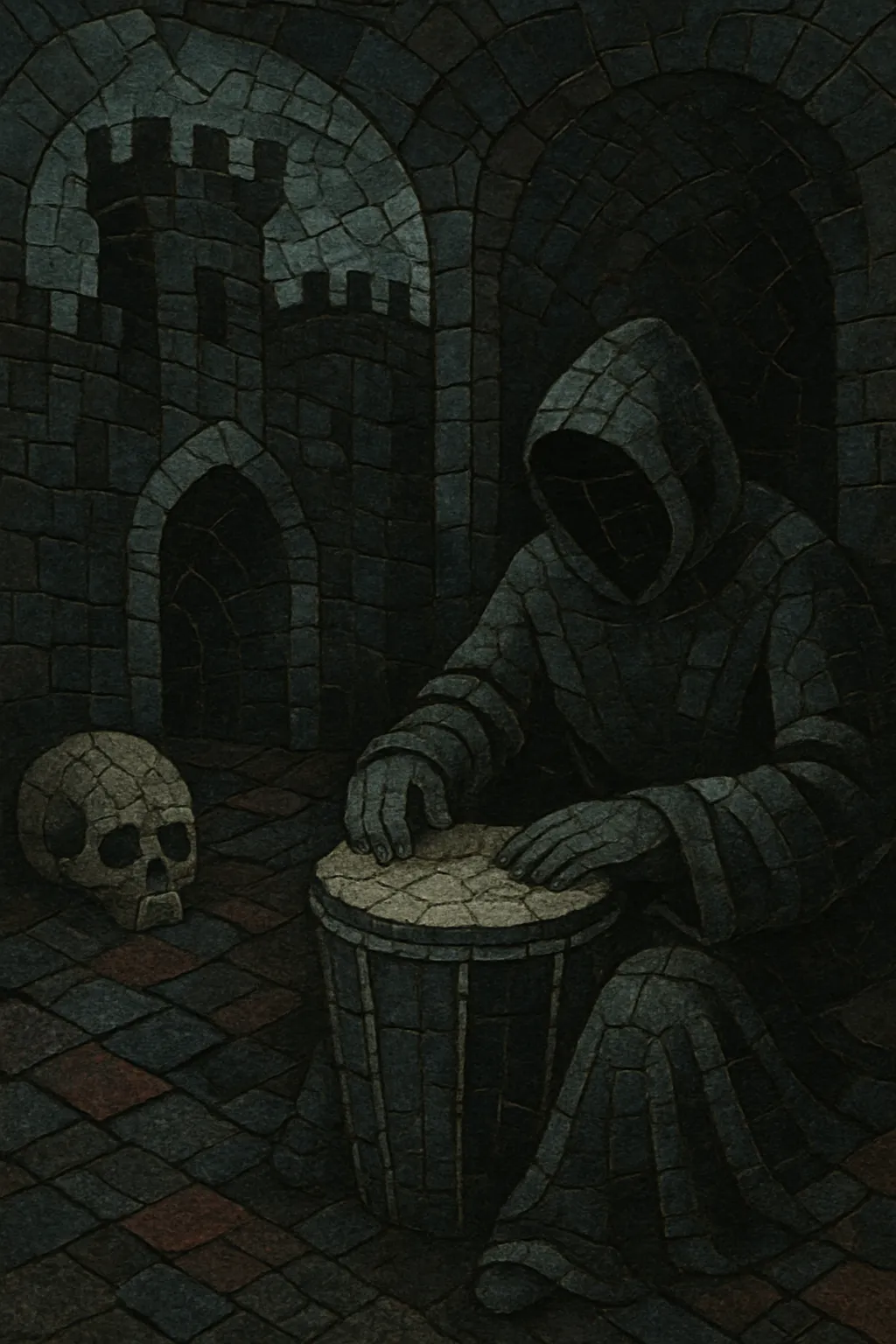
Dungeon sound is an underground, lo‑fi strain of trap/phonk that cultivates a claustrophobic, “subterranean” atmosphere through tape‑worn samples, heavy sub‑bass, and ominous melodics. It typically borrows chopped and screwed vocal snippets from 1990s Memphis rap, horror film cues, and eerie ambient/drone textures to build a bleak mood.
Production emphasizes dusty loops, minimal drum programming, and wide, cavernous reverb—evoking the feeling of beats echoing inside a dungeon. Tempos usually sit in the 90–110 BPM range (or presented in half‑time at higher grids), with punchy 808s, sparse hats, and saturated mixes that privilege vibe over polish.
Dungeon sound emerged on SoundCloud, YouTube, and Bandcamp as producers fused the gritty menace of 1990s Memphis rap with modern trap drums and the spectral ambience of dark ambient and dungeon synth. Early pioneers and adjacent scenes (phonk revivalists, horrorcore‑leaning beatmakers, and cloud rap curators) codified a mood-first approach: detuned samples, tape hiss, and cavernous reverb to simulate a “buried underground” space.
By the mid‑2010s, a transatlantic cohort—especially in North America, France, Belgium, and Russia—shaped the template: dusty loops, sub‑heavy 808s, and chopped Memphis a cappellas floated over minimal, brooding arrangements. Community channels and mix series amplified the sound, while Bandcamp and boutique tape runs nurtured a collector culture around bleak, monochrome artwork and VHS‑era horror iconography.
As the sound spread, it intersected with various underground rap and bass niches. Producers folded its atmosphere into plugg offshoots (dark plugg/pluggnb) and into phonk’s evolving branches, while a rap‑forward interpretation (dungeon rap) foregrounded vocals and occult imagery. In parallel, the rise of car‑edit culture and drift phonk popularized darker, lo‑fi phonk textures to wider audiences, even as dungeon sound itself remained resolutely underground.
Dungeon sound is less a rigid formula than a production ethos: lo‑fi menace, haunted samples, and sub‑bass pressure. It remains a touchstone for artists seeking the grimy immediacy of early internet phonk with the immersive dread of dark ambient and dungeon synth.

